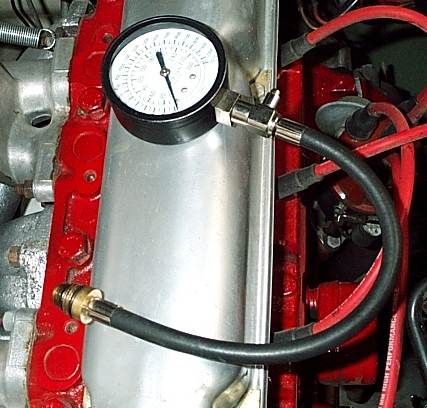Week 5 begins.Evening gents, help/advice needed in red please

Well today had the potential to be interesting until the entire class (minus myself) decided they were going to dick about like idiots all day and not get on with the work

I find the guys mostly funny but there's overkill and they went past that today and the teacher saw red. Anyways.....
I did a cambelt on a SOHC Renault engine (Megane or clit, not sure which...). Well I don't think I've ever done something so simple....... Crank notch @ 6 o'clock. Cam sprocket @ 12 o'clock. Tensioner off. Belt off. We did some other stuff to the head that I'd already done and gone through on here (valve springs out, lapping in the valves with the grinding paste, reattach the head etc etc).
Anyway, cam sprocket and crank sprocket both at their respective timing notches/marks. belt on, feed tight up the right hand side (as you look at it) belt over the cam sprocket, tensioner back in, tighten tensioner up. PIECE OF P...!
So that was enjoyable and half way through we were shown compression testing






Real simple..... if you got a 4 pot you would do 4 ''Dry'' tests and 4 ''Wet'' tests. I'll explain.
1.) Isolate the fuel system... pull fuel injectors out or simply pull the Fuel Pump fuse out

2.) Isolate the spark... pull the HT leads out, take the spark plugs out and disconnect the distributor/coilpack.
3.) Break out this bad boy...

you fix it to the correct attachment that's the same size as your spark plugs and then screw it in to pot one for the first of the ''Dry'' tests. Turn engine over a few times and the dial above will score your first reading. Repeat for 3 other pots.
4.) Time for ''Wet'' testing. Let's keep it simple. Pot 1 we'll imagine we got a dry reading of 165. We then pour some oil down the spark plug well. this will cover the top of the piston. plug in our compression tester. Turn engine over and record our reading. if its the same or only slightly above our initial ''dry'' test reading then our pot is good for compression. if on our wet test we get a reading thats 40+ above our initial dry test reading (so a reading of 205 upwards) then our pot is losing compression.....
We know this because the oil we poured in has sealed where our compression leak is and hence given us a higher reading. If we had no compression leak in the first place the oil would make no (or very little difference).
Sadly i'd only just got through my dry test on pot 3 when my class decided to turn in to a load of immature retards and we were all told to pack away early in preperation for a 30 minute bollocking!

seriously i really dont see why i should have to pack up what i'm doing cos some little tw*ts can't stop honking the car's horns!!! i and a few others genuinely want to learn!!!





Rant over. Actually no it's not...
The tutor did also go through a ''Leak Down Test''. Again this was doomed from the off..... there's two leak down test gauges available. Both used by some moronic children who used them without setting them back to zero before reusing. this broke them

this is simply tested by not plugging it in and getting a reading from the fresh air.... ours in the fresh air was saying we had no leak


So I presume we'll have to wait for a new one to be ordered

If you're wondering what the difference is between a compression test and a leak down test..... ask someone else cos i wasn't told! lol

i can't understand what the difference is because the compression test will measure air pressure in the cylinder and you perform the wet test to see if there's leaks..... the leak down test will also find leaks. at a guess i'd say the leak down test would be more foolproof.
Anyone care to clarify?So if this day wasn't a tad mental anyway, halfway through the tutor's rant he chucks in a load of formulas. now i'm sad that he did this. i'm not the best at maths

and i like to take my time when given an equation.
HOWEVER. i'm going to post this now and show this as ''today's lesson''..... and expect another post in a few minutes about cylinder formulas and you can hopefully tell me if i've managed to grasp it.

oooooh one last quick thing..... We measured a cylinder head for warping

so easy...... get a flat edge, place it on the head (combustion chamber side).... can you get the smallest feeler gauge in between the head and the flat edge tool.... yes? you hae warpage and it needs to be machined. no? your head is not warped. proceed


 Author
Topic: Mechanic School Blog (Read 96003 times)
Author
Topic: Mechanic School Blog (Read 96003 times)

